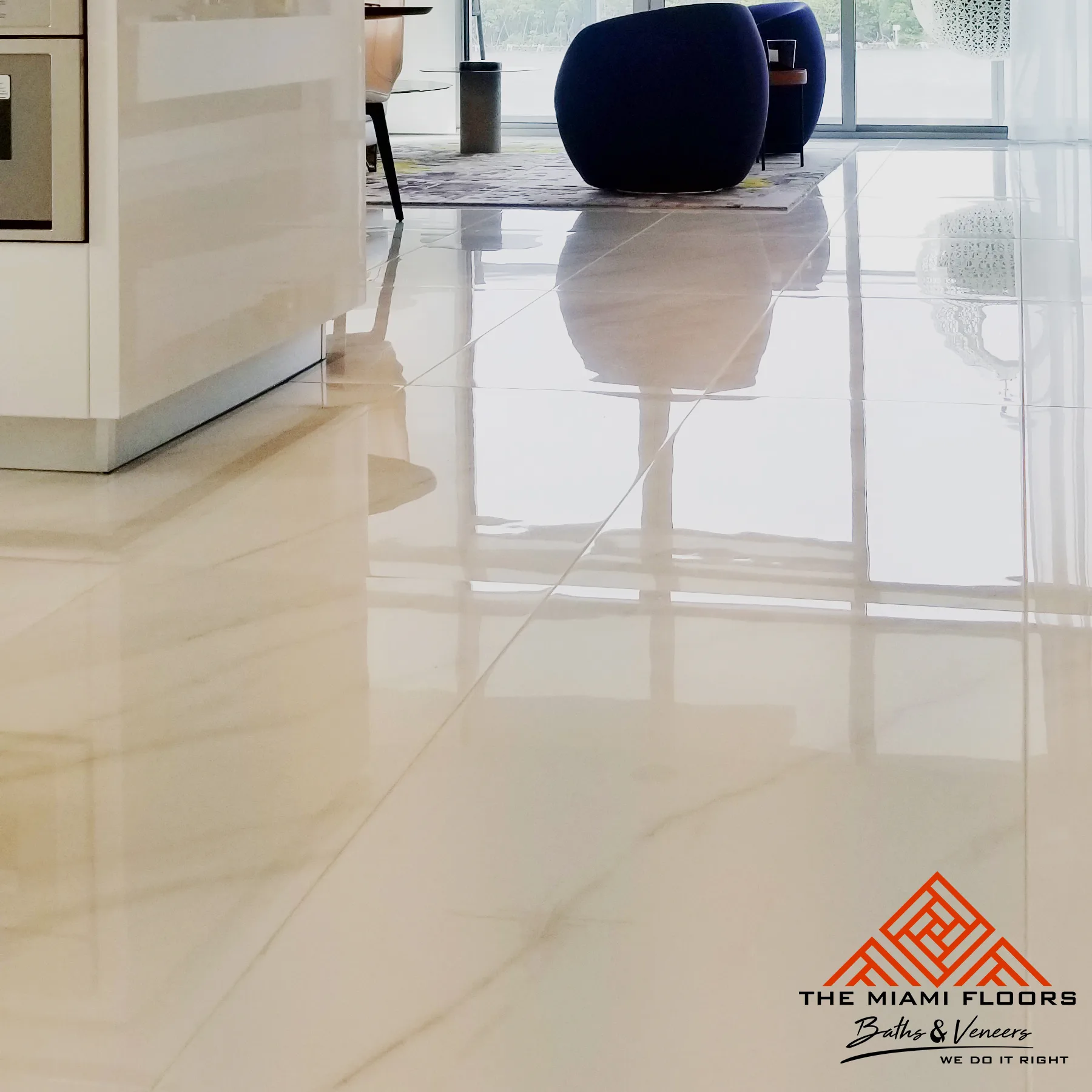So you’ve decided to tackle a home improvement project and you’re starting with floor removal. Tile flooring can add a touch of elegance to any home, but there comes a time when it needs to be replaced. This might be due to unsightly cracks, annoying slipperiness, or simply your desire for a change of scenery. Whichever the case, removing tile flooring can be a doable DIY project with the right set of tools and knowledge. In this in-depth, how-to guide, we’ll walk you through the process of removing tile flooring, ensuring a smooth and successful operation. Let’s roll up our sleeves and get started!
How-To: Preparing for Tile Floor Removal
Before diving into the nitty-gritty of floor removal, it’s essential to make a few preparations. Trust me, adequate preparation is key to a smooth project. Let’s look at some things you’ll need to consider:
Cost to Remove a Tile Floor
First off, let’s talk about the elephant in the room – costs. The cost of removing a tile floor can fluctuate depending on factors such as the size of the room and whether you decide to hire a contractor or do it yourself.
Tools Required for Removing Tile Flooring
Next up, let’s chat about the tools needed. For a successful floor removal, you’ll need a few essential tools. These include, but aren’t limited to, a hammer, pry bar, floor scraper, chisel or air hammer with a chisel set, scraper, screwdriver, tarps, plastic wrap, painters’ tape, shop-vac, shovel, and buckets. Always make sure you have these tools ready before kickstarting the project.
Safety Measures
Lastly, we cannot overemphasize the importance of safety. Removing tile flooring can be a physically demanding task, so it’s crucial to prioritize safety. Dress appropriately – long-sleeved shirts, pants, gloves, safety goggles, and a safety mask. Furthermore, if you suspect you’re dealing with asbestos tiles, consider using the services of a professional. Asbestos fibers can be harmful when released into the air.
A Step-by-Step Guide to Tile Floor Removal
With the preparations out of the way, we’re ready to dive into the step-by-step process of floor removal. Shall we?
Step 1: Prep the Area
Before we start swinging hammers, we’ll need to get the room ready. Here’s how you should go about it:
- Get rid of any items you can move, such as furniture, rugs, and decor.
- Uninstall any baseboard trim using a screwdriver or hammer/pry bar combo. Do this carefully, as you might want to reinstall them later.
- Use plastic wrap and painters’ tape to seal off vents. This keeps dust and debris from invading your HVAC system.
- For items that can’t be moved, like kitchen islands or built-in shelves, use tarps to protect them from the inevitable debris.
Step 2: Find a Starting Point
With the room prepped, it’s time to begin the floor removal process. You’ll need a starting point where you can begin removing tiles. This could be a spot where the tile is loose or nonexistent, such as under a vanity or another fixture. If you can’t find such an area, a corner of the room or a doorway where the tile doesn’t continue into the next room can work just as well.
Step 3: Remove the Old Tile
Armed with your starting point, it’s time to proceed with the floor removal. Here’s how:
- Use tools like the chisel, hammer, scraper, and shovel to dislodge the tiles. Be careful not to use excessive force to avoid damaging the floor or worse, injuring yourself.
- As you approach walls or cabinets, consider switching back to a chisel and hammer to avoid damage to these surfaces.
- Don’t be disheartened if this part of the process is slow. Remember, haste makes waste!
Step 4: Inspect the Underlayment
With all the tiles removed, your next task is to inspect the underlayment. The underlayment is the material situated between the subfloor and the finished flooring. Typically, you’ll find a layer of underlayment, such as plywood. However, if you’re working in a basement or an older house, the tile may have been laid directly on a concrete or wood floor.
If you discover a plywood underlayment and plan on installing new tile, consider replacing it with a more stable material like cement or underlayment boards. This will ensure a sturdier foundation for your new flooring.
Step 5: Clean Up Time
At this stage, the tile and underlayment have been removed. All that’s left is to clean up the mess. Here’s what you need to do:
- Dispose of the old tiles, adhesive, and underlayment appropriately. You might want to rent a dumpster for tile disposal or wait for your next bulk trash pickup day.
- Use a shop-vac to vacuum up smaller pieces of debris and dust. Thoroughly cleaning the underlayment or subfloor is crucial to ensure proper adhesion of your new flooring.
Exploring the World of New Flooring Options
Now that you’ve successfully removed your floor, it’s time to dive into the world of new flooring options. Your choice could be tile, vinyl, or another type of flooring. Regardless of your preference, remember to install it properly for a lasting and beautiful result.
Enlist Professional Help
Remember, you don’t have to undertake your flooring projects alone, at Miami Floors, we offer professional floor removal services in Miami and are here to guide you every step of the way. Contact us or call us at (786)-230-0558 to discuss your flooring needs and get expert advice.
Floor removal may seem daunting, but you can achieve excellent results with the right tools, preparation, and guidance. So, go ahead and transform your space with confidence!
Note: This article is for informational purposes only. Always follow safety guidelines and consult professionals for specific advice and assistance.









